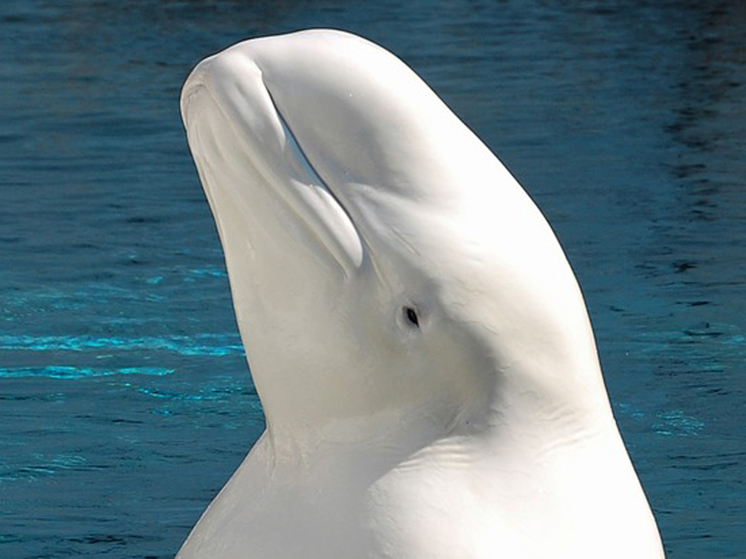Scandinavian quirks: Beluga whale suspected of spying for Russia
[ad_1]

The Scandinavian media got the opportunity to practice their favorite pastime – the search for “Russian spies”. Previously, mysterious submarines were confidently leading in this nomination, but now the case has taken on a completely absurd connotation. The story now sounds like this: “allegedly, a Russian-trained spy kit has reappeared off the coast of Sweden.”
A beluga whale was first spotted in Norway wearing a harness with the inscription “Equipment of St. Petersburg” in 2019, writes The Guardian about the uproar in the Scandinavian countries.
The appearance of a marine mammal off the coast of Norway three years ago led to speculation that it was a spy trained by the Russian navy, and now the white whale has reappeared off the coast of Sweden.
First sighted in Norway’s far northern region of Finnmark, the whale spent more than three years moving slowly along the upper half of the Norwegian coast before suddenly accelerating in recent months to cover the other half and move further into Sweden.
On Sunday, he was observed in Hunnebostrand, off the southwest coast of Sweden, writes The Guardian.
“We don’t know why it’s accelerating so fast right now,” said Sebastian Strand, a marine biologist at OneWhale, adding that it was especially puzzling because the whale was “very fast moving away from its natural habitat.”
“Maybe it’s the hormones that make him look for a mate. Or it could be loneliness, because beluga whales are a very social species – perhaps he is looking for other beluga whales, ”the biologist suggests.
Strand said the whale, believed to be 13-14 years old, is “at an age where its hormones are very high.”
The nearest population of beluga whales is in the Svalbard archipelago, which lies halfway between the northern coast of Norway and the north pole.
It is believed that the whale has not seen any other beluga whales since arriving in Norway in April 2019.
The Norwegians nicknamed him Hvaldimir, a pun on the whale in Norwegian, hval, and an allusion to his alleged connection to Russia.
When the whale first appeared in the Norwegian Arctic, marine biologists from the Norwegian Fisheries Authority removed the artificial harness from it.
The seat belt had a mount suitable for an action camera, and the words “Saint Petersburg Equipment” were printed on the plastic buckles.
Directorate officials said that Khvaldimir may have escaped from the enclosure and may have been trained by the Russian navy as he appears to have gotten used to people.
Moscow never gave any official response to Norwegian speculation that he might be a “Russian spy,” writes The Guardian.
The Barents Sea is a strategic geopolitical area where Western and Russian submarine movements are monitored.
It is also the gateway to the Northern Sea Route, which shortens sea travel between the Atlantic and Pacific Oceans.
Strand said the whale’s health “seemed to be very good” in recent years and he has been harvesting wild fish from Norwegian salmon farms.
But his organization was concerned about Hvaldimir’s ability to find food in Sweden and had already noticed some weight loss.
Beluga whales, which can reach a size of about six meters (20 feet) and live for 40 to 60 years, are commonly found in the icy waters around Greenland, northern Norway and Russia.
[ad_2]
Source link








